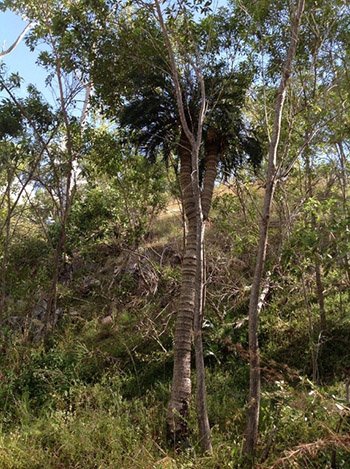The Nature Conservation (Wildlife Management) Regulation was amended 1 July 2015 and the status of many Endangered, Vulnerable and Near Threatened (EVNT) species has changed. The term ‘In the wild’ as also been defined, however, the search areas for protected plants has not yet been changed.
As before, any areas identified by the state as high risk areas (HRA) for EVNT species require a flora survey report completed by a qualified Botanist with a minimum of 5 years’ experience, prior to clearing.
Maps of areas identified as high risk for EVNT species are available at https://www.ehp.qld.gov.au/licences-permits/plants-animals/protected-plants/map-request.php
It is important to check these maps prior to clearing vegetation to ensure that that you are covered by the Department of Environment and Heritage Protection (EHP) clearing requirements. EHP has recently charged a number of organisations and individuals over clearing vegetation in high risk areas that had not applied for the necessary permits.
Ecosure was instrumental in providing industry input into the protected plants legislation, and has qualified and experienced environmental consultants who can provide detailed advice on the legislation. Ecosure has the expertise to conduct surveys, compile and submit the required flora survey reports and management plans if clearing of EVNT plants is required.
Further information on the protected plants legislation is available at https://www.ehp.qld.gov.au/licences-permits/plants-animals/protected-plants/index.html
Any clearing of EVNT species, or clearing within 100 m of an EVNT species, will require a clearing permit, including plant management plans and offsets involving replacement of threatened species. Potential clearing can include residential developments, cropping, new roads, quarries etc.
Please contact Ecosure Senior Botanist Geoffrey Sinclair on 07 4994 1006 if you require information about clearing vegetation identified as high risk areas for protected plants.


